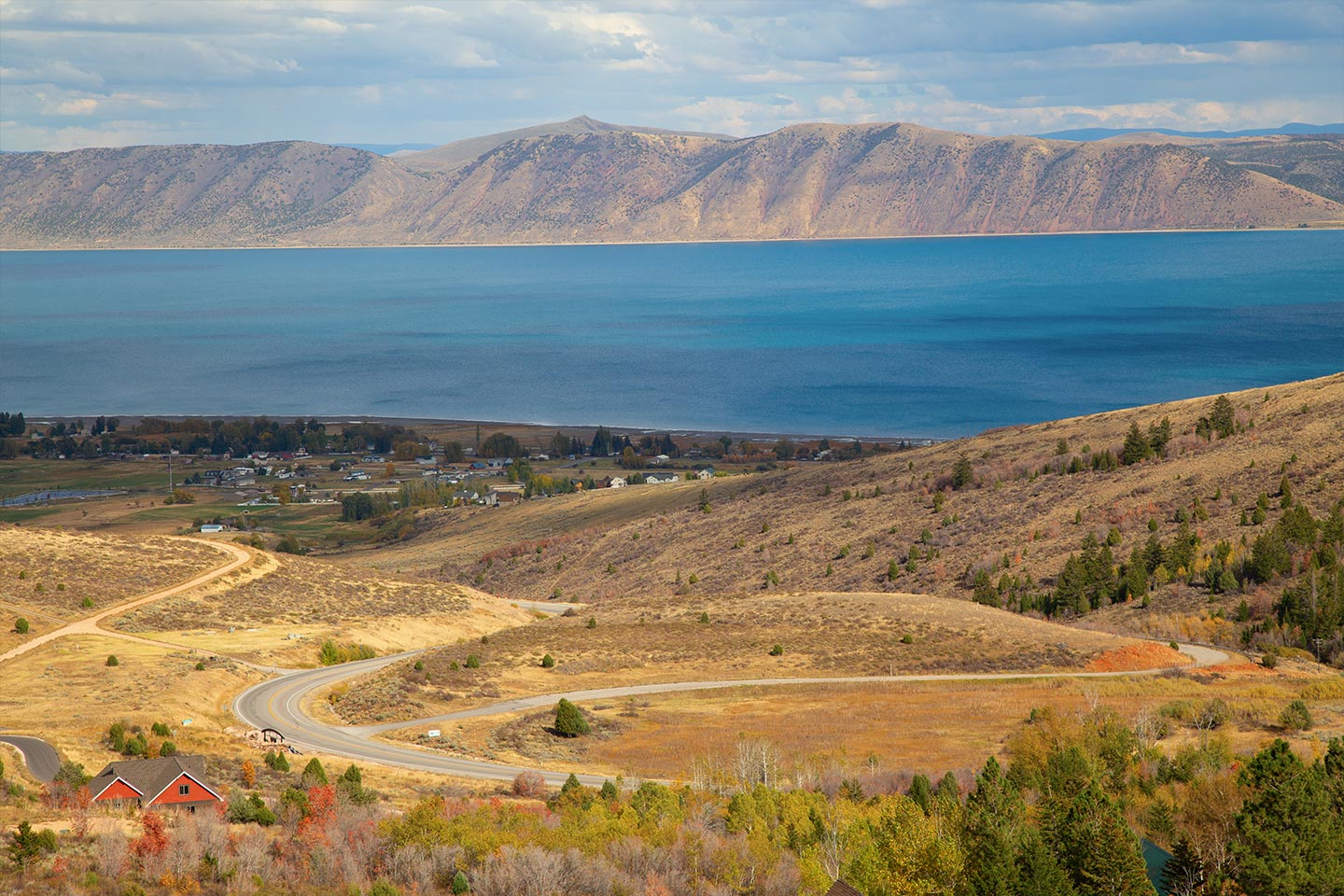Bear Lake is known for its beautiful blue hues. It’s often called the Caribbean of the Rockies.
- Is it true that someone puts blue dye in Bear Lake?
Bear Lake is known for its beautiful blue hues. It’s often called the Caribbean of the Rockies.
If you’ve been to the shoreline of Bear Lake, you’ve probably noticed the small shells – maybe just a couple scattered about but often in great piles.
Bear Lake has 4 endemics species of fish
Sometimes Bear Lake seems full and sometimes very low.
Bear Lake can appear as sheet of glass – like a mirror, so reflective you can see every detail of the clouds and mountainside on the far side of the lake, but it can change in minutes forming huge waves.
Ice! Ice Baby, Ice! You might need some today for this heat. It’s hard to imagine Bear Lake freezing over.
